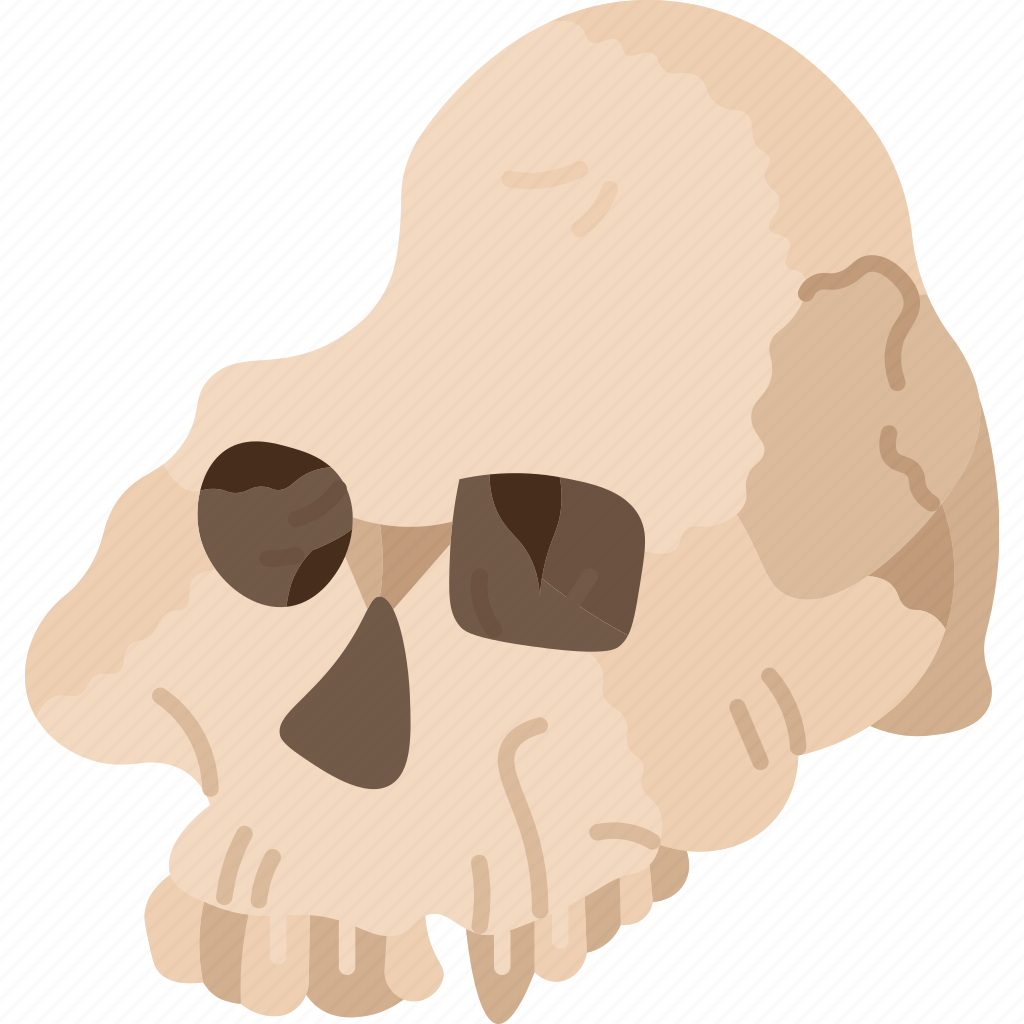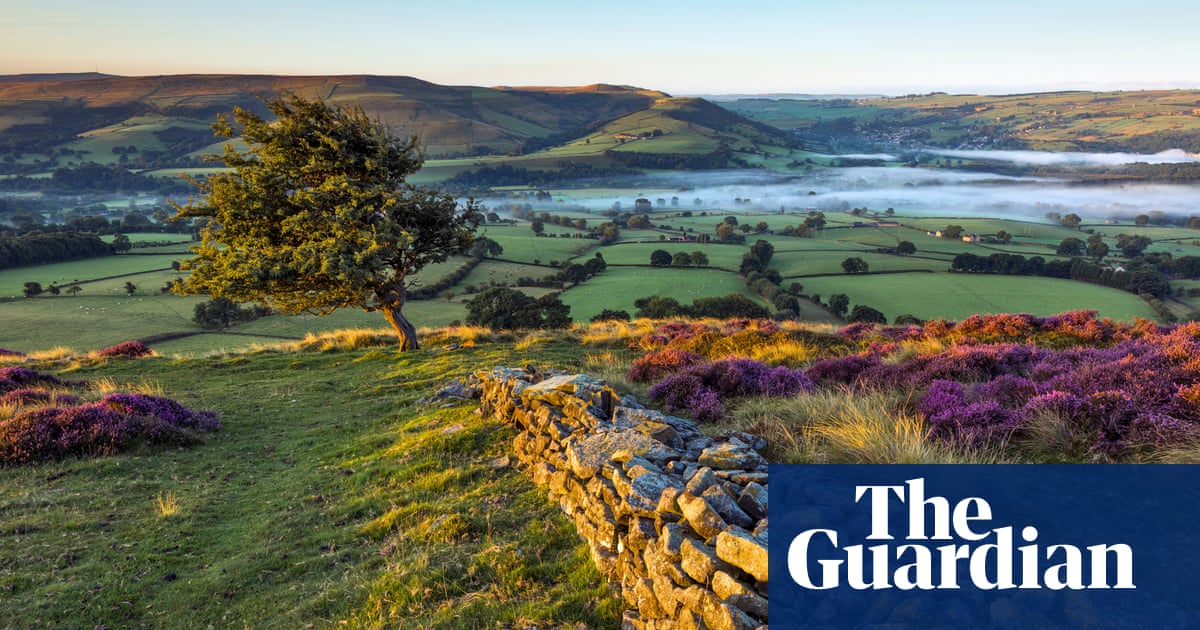This is the best summary I could come up with:
Bronze age burial mounds, Roman roads and deserted medieval villages are among almost 13,000 previously-unknown ancient sites and monuments that have been discovered by members of the public in recent months, it will be announced this week.
Dr Brendon Wilkins, founder and co-chief executive of DigVentures, said: “Thanks to our Pastronauts, we were able to map much larger areas, in much greater detail, and much more quickly than professional archaeologists alone could have done.
Citizen science programmes like this can directly support these efforts by helping to map and increase our understanding of the landscapes in question before work begins.
Tom Dommett, head of historic environment at the National Trust, said: “Climate change already affects some of our most distinctive landscapes, and we’re taking significant steps to make them more resilient.
Searching for its archaeology – including Palaeolithic cave sites – supports plans for conservation and habitat restoration, to help slow the effects of climate breakdown.
Dr Martin Papworth, the National Trust archaeologist for the south-west, warned that coastal sites would disappear in “as little as 30 years”, which means that the area’s monitoring and management are crucial.
The original article contains 696 words, the summary contains 188 words. Saved 73%. I’m a bot and I’m open source!



